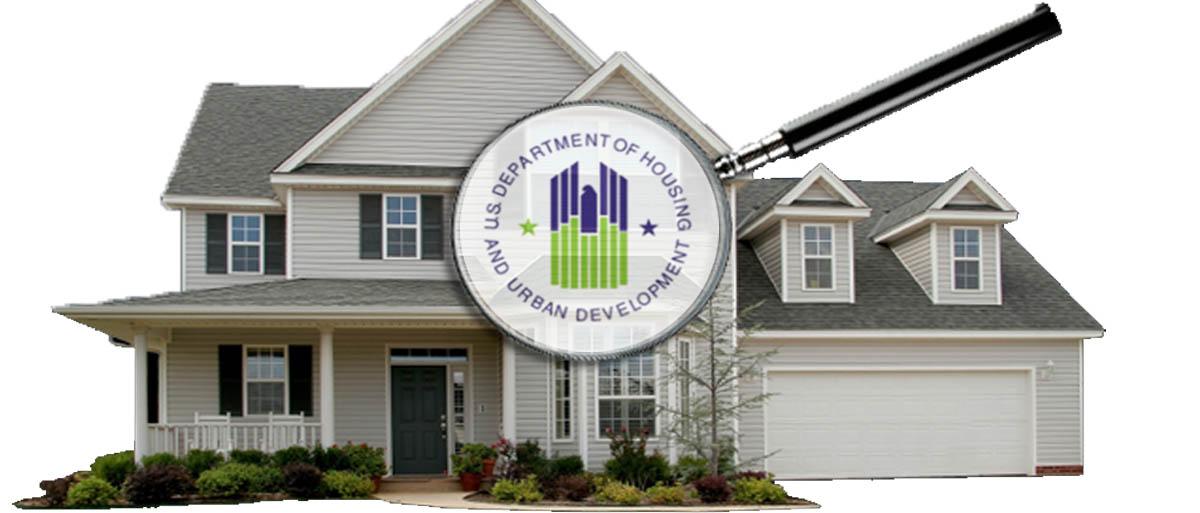NSPIRE Risk Governance & Portfolio Oversight Services
- font size decrease font size increase font size
Governing Risk Between NSPIRE Inspection Cycles
HUD’s transition from UPCS/REAC to the National Standards for the Physical Inspection of Real Estate (NSPIRE) fundamentally changed how housing portfolios are evaluated. NSPIRE prioritizes life-safety, functional performance, and unit condition, shifting inspection outcomes away from appearance and toward actual risk exposure.
While NSPIRE inspections effectively measure compliance at a moment in time, they do not govern how risk forms, persists, or escalates between inspection cycles. Quandamn Inspection Services LLC addresses that gap.
Our services integrate deep NSPIRE technical authority with portfolio-level risk governance through the QUANDAMN NSPIRE Risk Index™ (QNRI™)—a proprietary framework designed to manage the systemic risks NSPIRE reveals but does not track once inspection scores are issued.
QNRI™-Aligned NSPIRE Risk Governance
QNRI™ operates as a continuous oversight layer that complements NSPIRE without duplicating or competing with the inspection process.
Rather than focusing on unit-by-unit inspection labor or inspection readiness, QNRI™ evaluates how risk behaves across buildings and over time, translating inspection-grade observations into actionable governance intelligence.
QNRI™ supports portfolios by:
-
Identifying systemic life-safety and building system risks
-
Preserving risk continuity between inspection cycles
-
Preventing post-inspection risk reset
-
Supporting insurance, capital, and compliance decision-making
NSPIRE Inspectable Areas — Governed Through QNRI™
Under NSPIRE, HUD evaluates properties across three inspectable areas:
-
Units
-
Inside
-
Outside
Although reduced from the five UPCS categories, NSPIRE inspections are more rigorous, particularly within dwelling units, which carry the greatest scoring weight and life-safety consequence.
QNRI™ aligns directly with this structure by governing risk behavior across these areas, recognizing that repetition, system interaction, and exposure persistence often drive outcomes more than isolated deficiencies.
Severity-Based Risk Governance
NSPIRE assigns deficiency severity based on consequence and location:
-
Life-Threatening (LT)
-
Severe (S)
-
Moderate (M)
-
Low (L)
QNRI™ extends this logic beyond scoring by evaluating risk repetition, distribution, and interaction across systems, ensuring that risk governance does not stop once individual deficiencies are corrected.
Key Risk Domains Governed Under QNRI™
QNRI™ governs the risks NSPIRE prioritizes most, including:
-
Life-safety and means of egress
-
Fire protection systems and fire doors
-
Smoke and carbon monoxide alarm compliance
-
Electrical distribution and protection
-
Plumbing systems and water management
-
Mechanical systems and ventilation
-
Building envelope and moisture intrusion
-
Environmental health, including mold and infestation
-
Site and exterior conditions affecting safety and access
This governance approach ensures that recurrent or interacting conditions are addressed as risk drivers, not treated as isolated maintenance items.
What QNRI™ Changes for Housing Portfolios
By implementing QNRI™, portfolios move from reactive correction to governed risk:
-
Inspection outcomes become inputs, not endpoints
-
Risk is tracked longitudinally, not episodically
-
Capital planning targets risk retirement, not repeat remediation
-
Insurance positioning reflects foreseeable risk control, not just compliance
-
Provides judgment-based systemic intelligence unavailable from standard scoring models or automated assessment tools
-
Leadership gains visibility into whether risk is improving, static, or escalating
QNRI™ does not alter inspection practices, add training burden, or replace regulatory functions. It strengthens oversight where inspections necessarily end.
Who This Service Is For
QNRI™-aligned services support:
-
Public Housing Authorities
-
HUD-assisted and affordable housing owners
-
Multifamily portfolios with recurring inspection exposure
-
Asset and portfolio managers
-
Risk, compliance, and capital planning teams
-
Insurance brokers and carriers evaluating governance maturity
Next Step
Request a QNRI™ Risk Register Preview
See how portfolio-level risk governance can be implemented using existing NSPIRE data—without changing how inspections are conducted.
[ Contact / Schedule Consultation ]
Legal Notice
QNRI™ (QUANDAMN NSPIRE Risk Index™) is a proprietary risk governance framework developed and owned by Quandamn Inspection Services LLC.
Unauthorized use, replication, or derivative implementation is prohibited.
